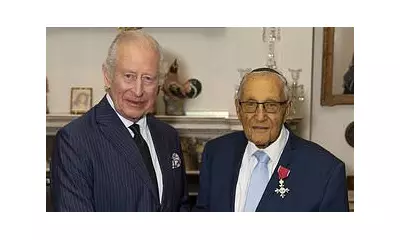
The Moment That Changed My View on Gallery Photography
Like many art enthusiasts, Martin Cooper from Bromley, London, used to feel a familiar irritation when he saw fellow gallery visitors photographing artworks. He considered it a distraction, until a profound experience at Tate Britain completely transformed his perspective.
An Unexpected Discovery in The Exhibition Age Gallery
During a visit to Tate Britain's The Exhibition Age gallery, Cooper found himself surrounded by paintings hung in the 18th-century style, reaching all the way to the ceiling with no obvious labels. Initially, he found the collection "competent but not insightful" - until he encountered John Opie's dark painting "A School."
"I was overwhelmed," Cooper recalls. "I thought I was looking at a Rembrandt." The painting depicts an elderly woman listening to a child read, and something about the woman's expression resonated deeply with him. The emotional connection was so powerful that he felt compelled to capture the moment.
The Personal Connection That Justified the Photograph
"I had to take a picture as I felt I had discovered a genuinely inspiring piece that I'd never heard of," Cooper explains. The painting's resemblance to his late mother added another layer of personal significance to the experience. This emotional connection transformed his understanding of why visitors might want to photograph artworks.
Meanwhile, another perspective comes from Lillian Adams of Grosmont, Abergavenny, who described her frustration with visitors taking selfies at the Musée d'Orsay. Her humorous solution involved "bobbing up in between photographer and painting," creating unexpected appearances in photos worldwide.
A New Understanding of Art Appreciation
Cooper's experience highlights the complex relationship between technology and art appreciation in modern galleries. His conclusion marks a significant shift in attitude: "In future I shan't judge my fellow visitors if they feel as moved as I was by a piece."
This personal revelation underscores how digital documentation can serve as an extension of our emotional connection to art, rather than merely being a disruptive behaviour. The debate continues, but for Cooper, the experience at Tate Britain provided lasting insight into the personal nature of art appreciation.





